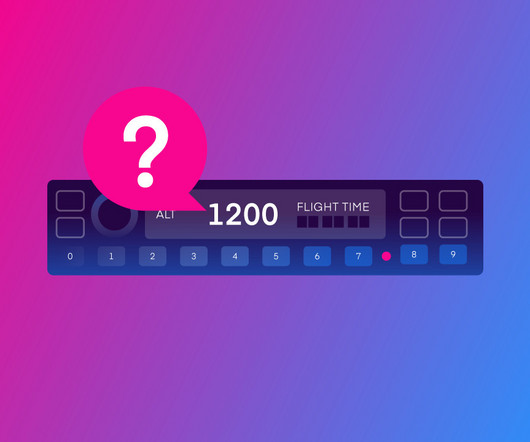Transponder Codes Made Easy: A Pilot’s Survival List
Pilot Institute
FEBRUARY 28, 2025
If you can manage to do so without putting yourself at risk after leaving your last cleared routing, you should: Maintain a true airspeed of no more than 400knots and preferably an altitude between 10,000 and 25,000feet. If flying under Instrument Flight Rules (IFR), you must follow standard lost-communication procedures.












Let's personalize your content